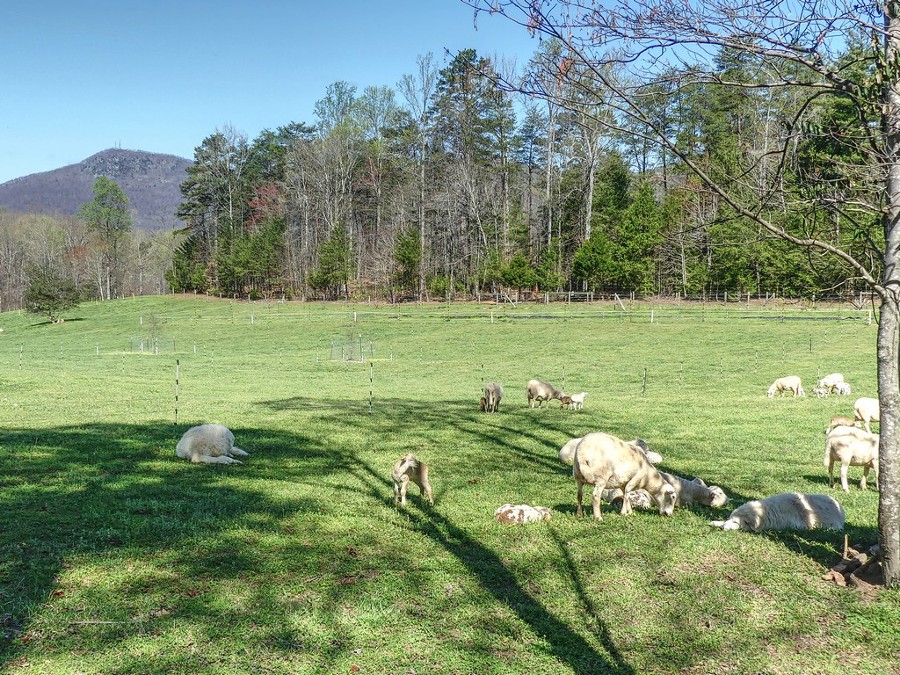North Carolina ranked 2nd in US for projected Farmland Loss

By Conservation Easement Manager, Torry Nergart.
If you are an Olympian, coming in second while competing on the global stage against the best the Earth has to offer is quite an achievement. However, if the competition is to see how much of the Earth’s surface can be paved and ravaged, coming in second really only means that you were the next worse loser.
So is the State of North Carolina, now ranked the second-most in projected farmland loss, right behind the seemingly more culturally cavalier with its natural resources state, Texas. The projected acres of North Carolina farmland lost by 2040 are around an additional 1,197,300, which is just shy of the same size as the entire state of Delaware, and a bit larger than the state of Rhode Island. The American Farmland Trust (AFT) has recently published its ‘Farms Under Threat 2040’ assessment, which calculates this rate of loss based on the “business-as-usual” approach. Drawing from both current statistics and from current policy direction, the AFT can project not just how much but where farmland will be lost in the state. Barring any real, material positive change to farmland protection policy and funding, the state will continue to have low-density unplanned sprawl. This lets in inefficient transportation patterns, community fragmentation and isolation, and a host of other maladies ranging from disconnection from the natural world to poor public physical and mental health to increased individual tax burdens.
That is, if we as a state continue with current policies (or lack thereof) and with the current rate of farmland loss. Two concurrent approaches can help slow the loss, one being local government taking constructive forethought by adopting small area planning. There are many logistics to account for in small area planning, like impact on roads maintenance and increased school enrollment, that unchecked development never accounts for but gladly shift those burdens onto existing, strained infrastructures. In the case of farmland, unchecked development does not even account for how all these new people are going to be fed!
And for those of us who have made a real habit of eating, the consequences of farmland loss won’t just impact your pocketbook and your portfolios. The past few years have only shown us how vulnerable our society is to even minor fluctuations in supply chains. Ours and any community’s resiliency is directly tied to how much local suppliers can buffer against those fluctuations. Land use planning is one of six metrics AFT compares North Carolina to other states, us ranking below average at 18 out of 100.
A second approach is direct farmland conservation. There’s a few statewide efforts, even some federal ones available. Some pay farmers for time-limited soil and water conservation efforts, some restrict the land by deed to only farming use. The overall success of these programs is directly related to the amount of funding they receive. With the latter, there are local solutions as well. It’s not unheard of counties, one including Henderson, to set aside blocks of funding to supplement existing efforts, by paying for related transactional costs such as legal filings and surveys. On this metric, North Carolina ranks below average (scored 27/100) against the other states.
With our state ranking below average on 5 out of 6 metrics, one can see the potential for positive change. Doing nothing, “letting the market sort it out,” and other versions of hemming and/or hawing are burning valuable time, while on the other side of the issue anyone looking for quick cash can readily find it, selling out every subsequent generation to come. And we sure don’t hear too often of luxury 5 bedroom second homes being demolished to grow beans, so support farmland conservation now.
American Farmland Trust source: https://farmlandinfo.org/publications/farms-under-threat-2040/